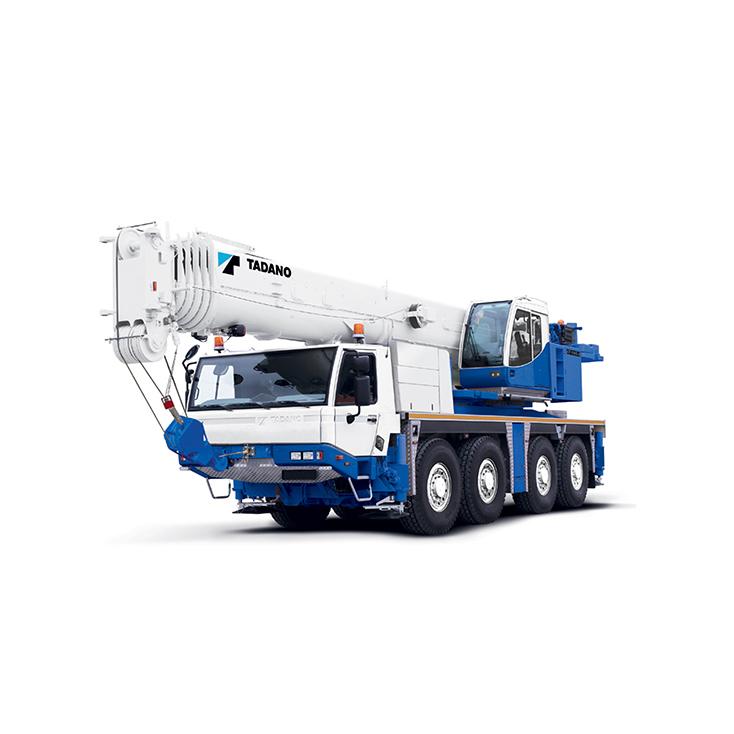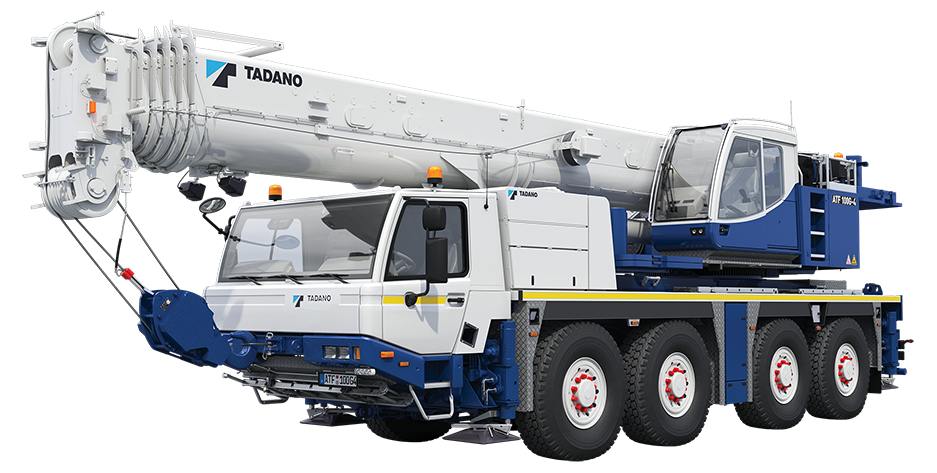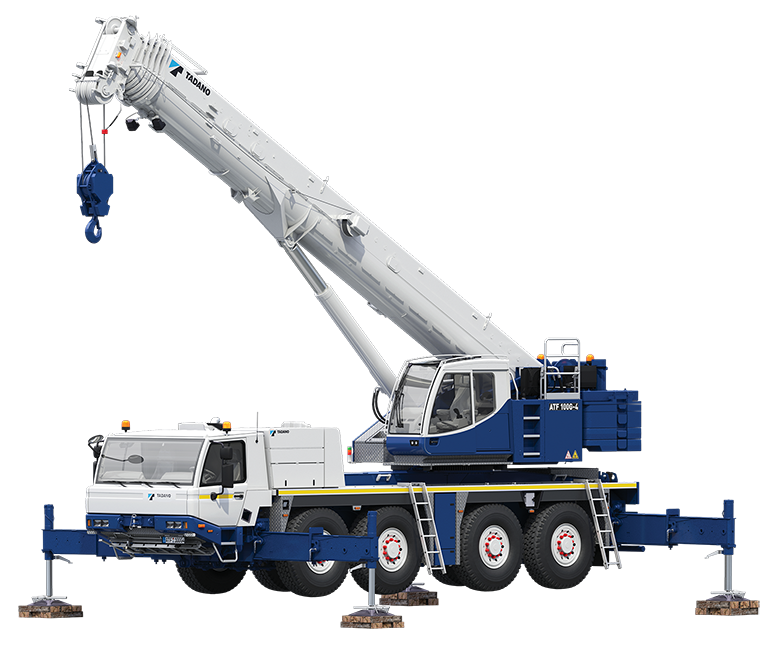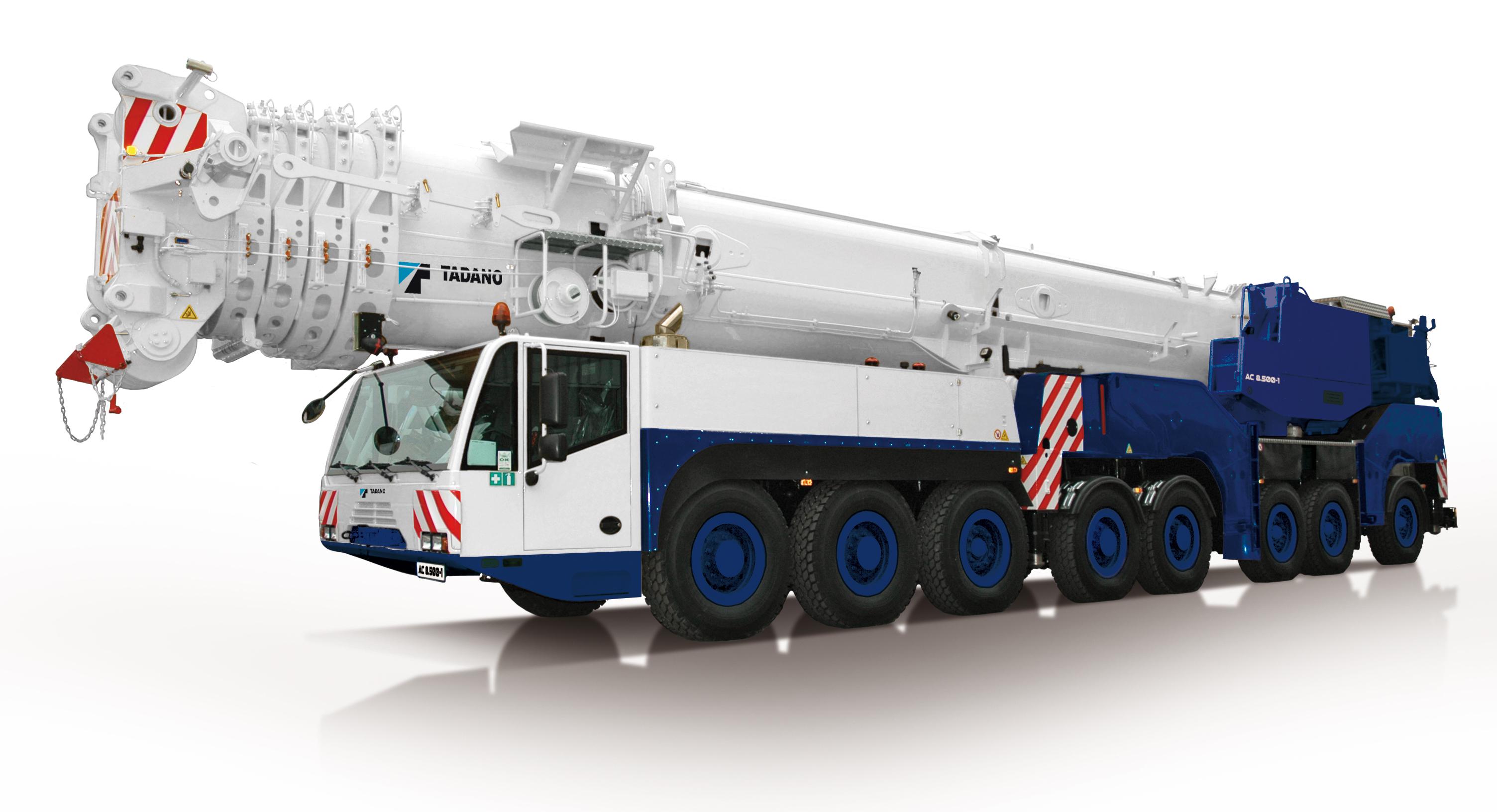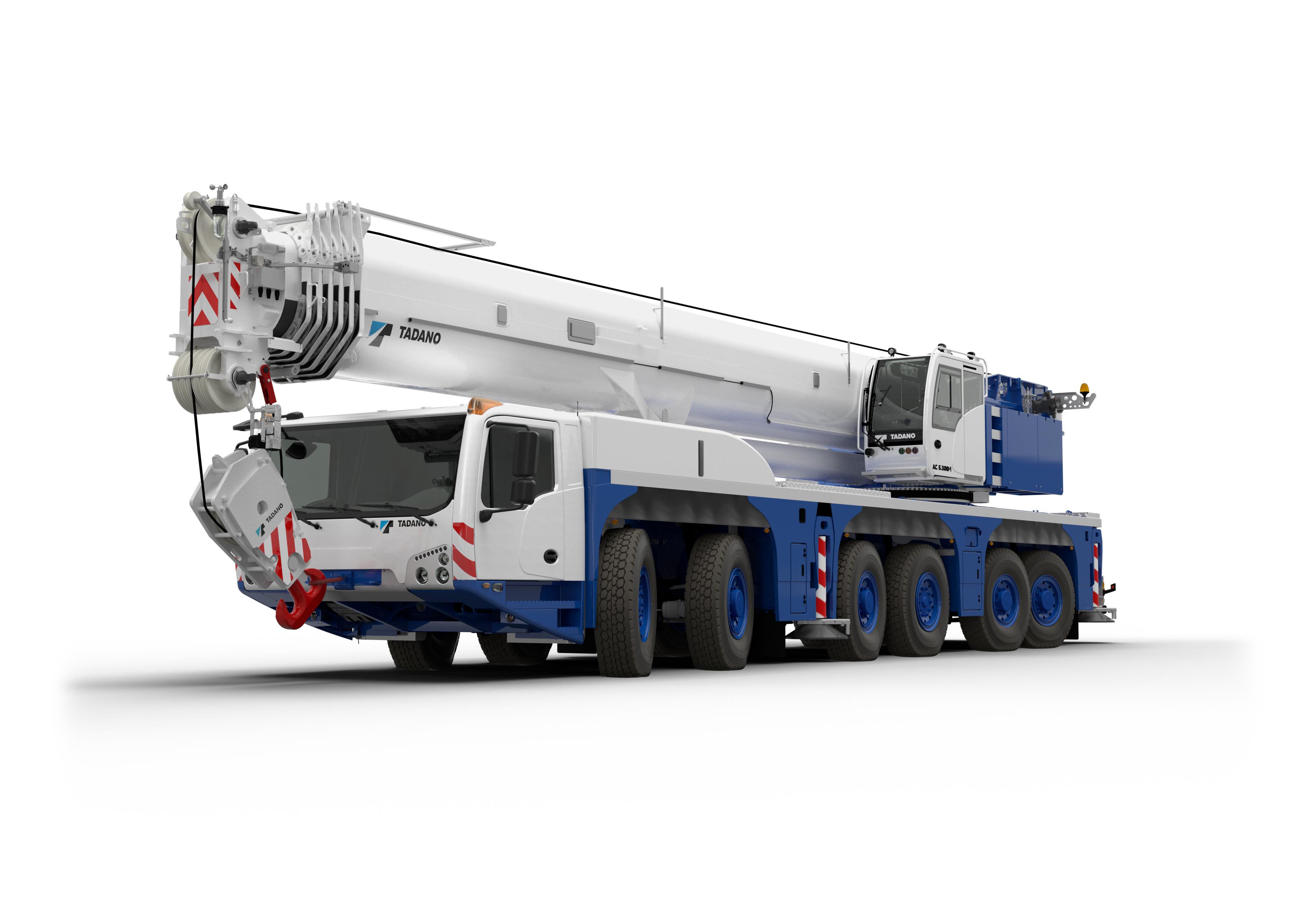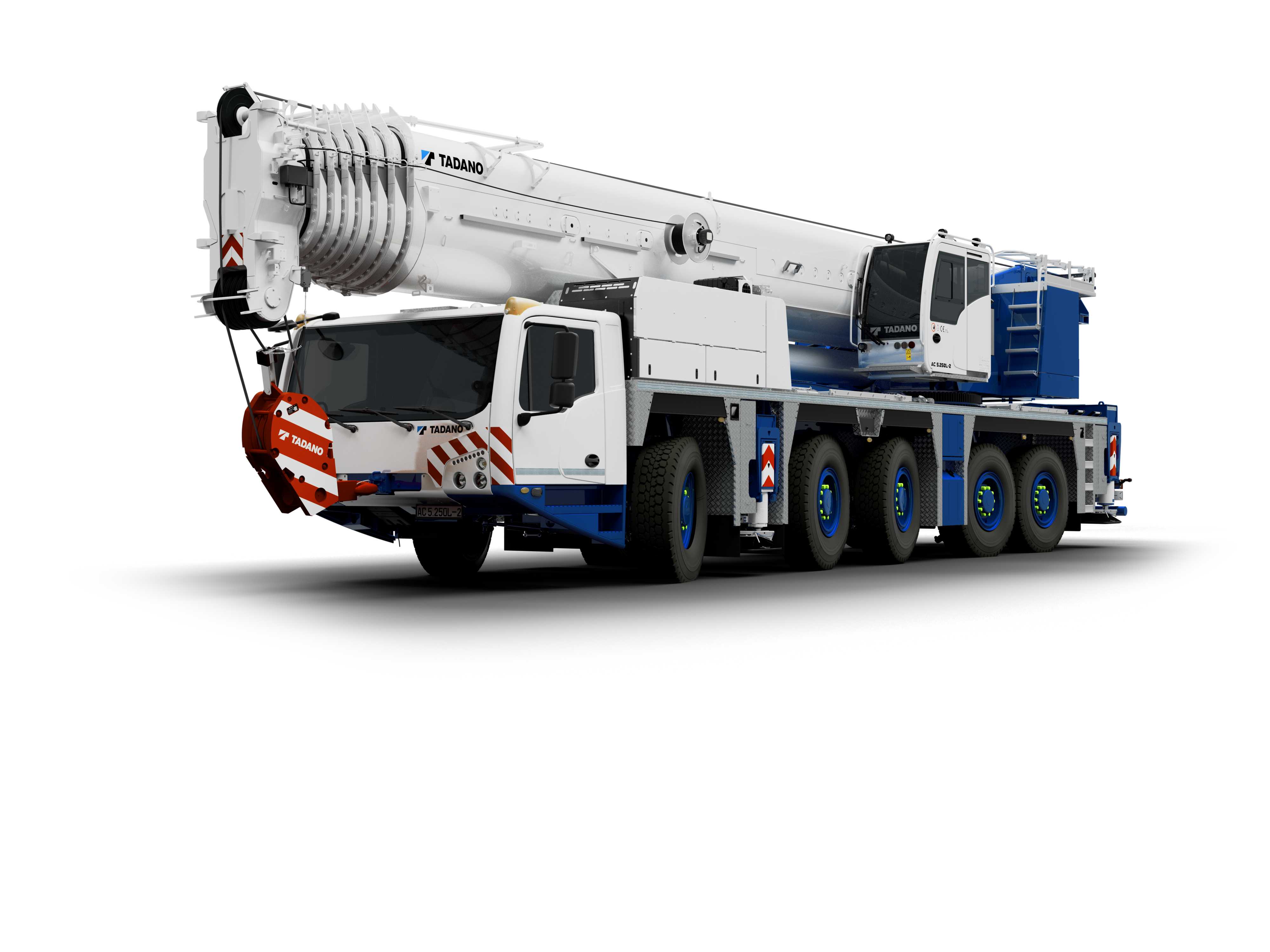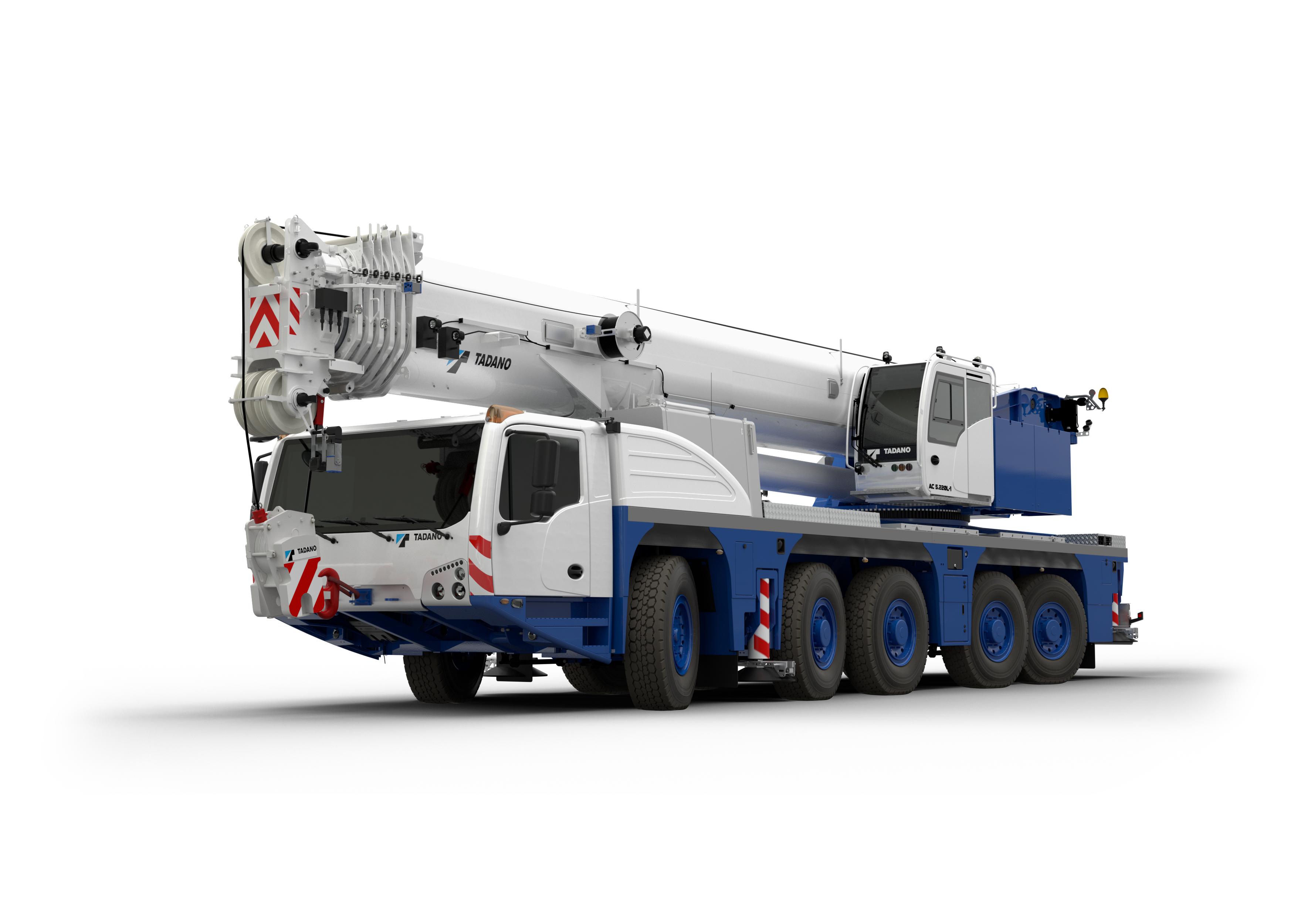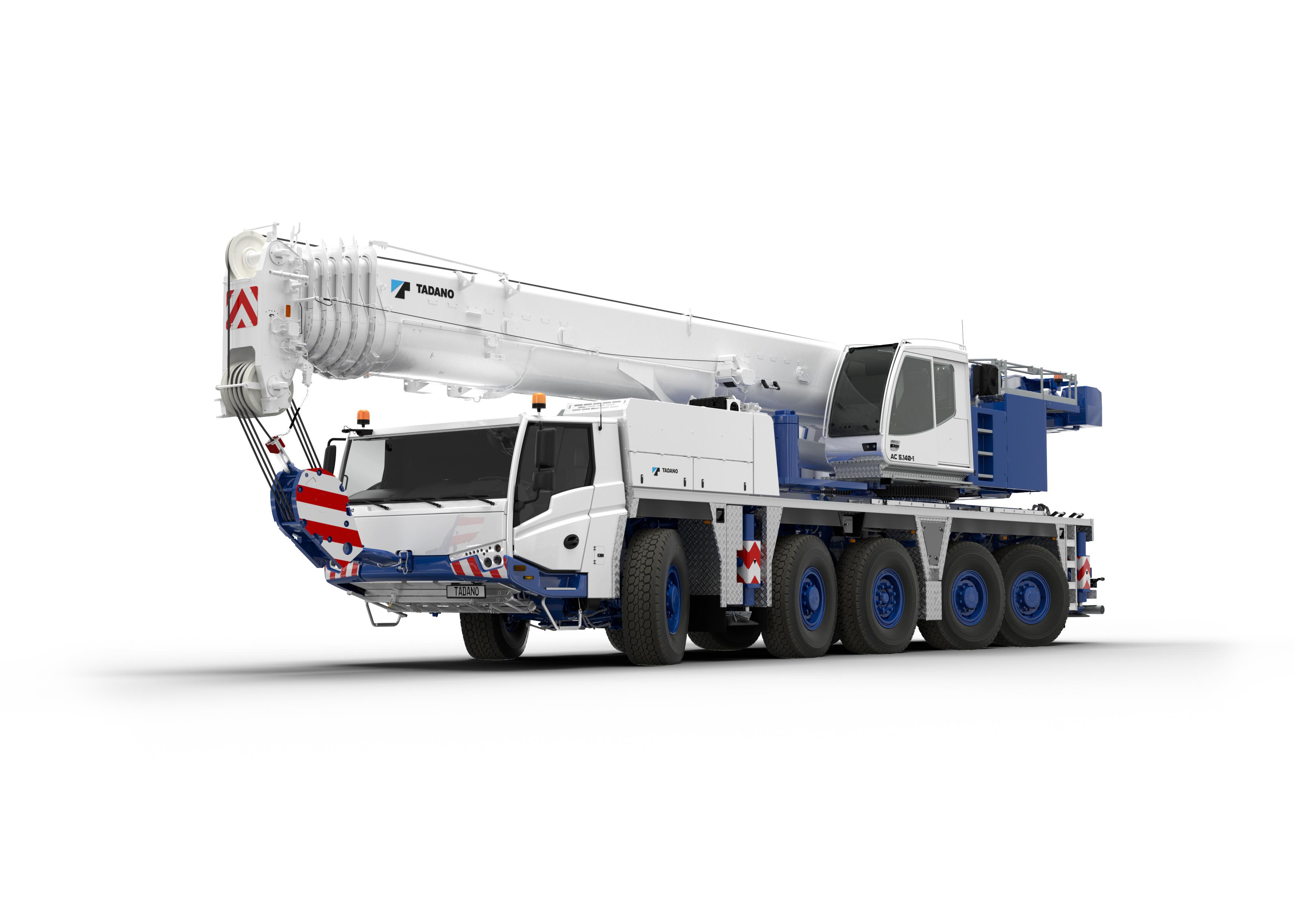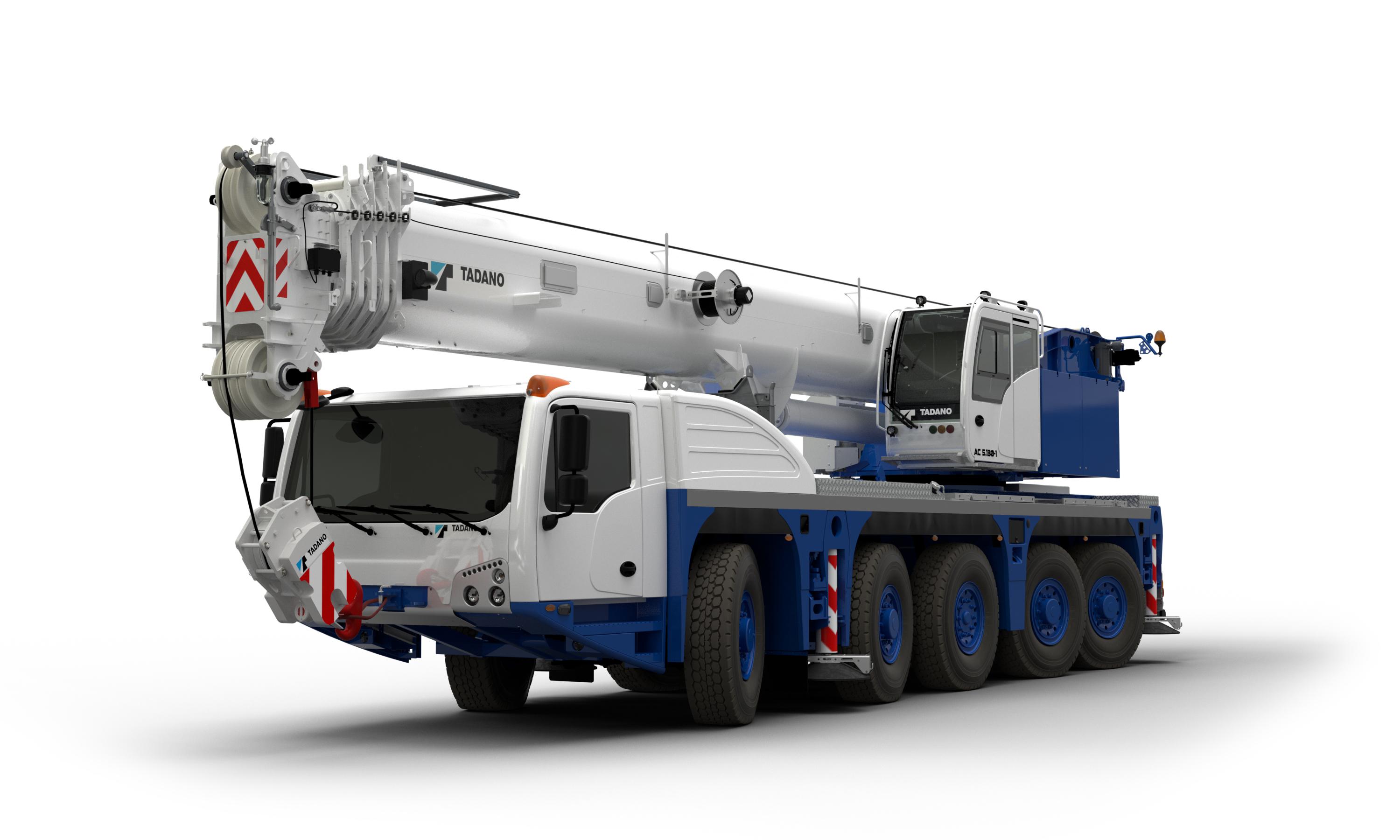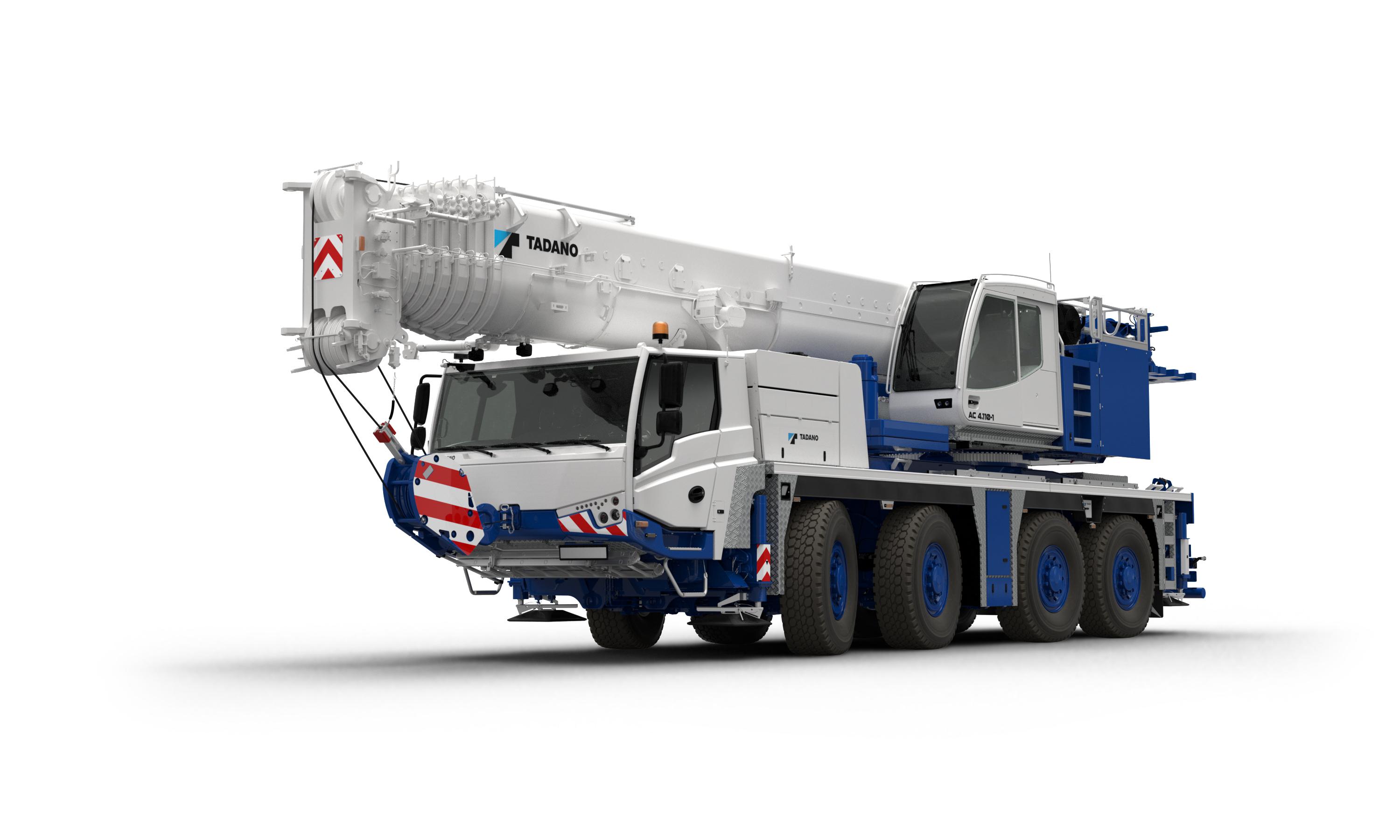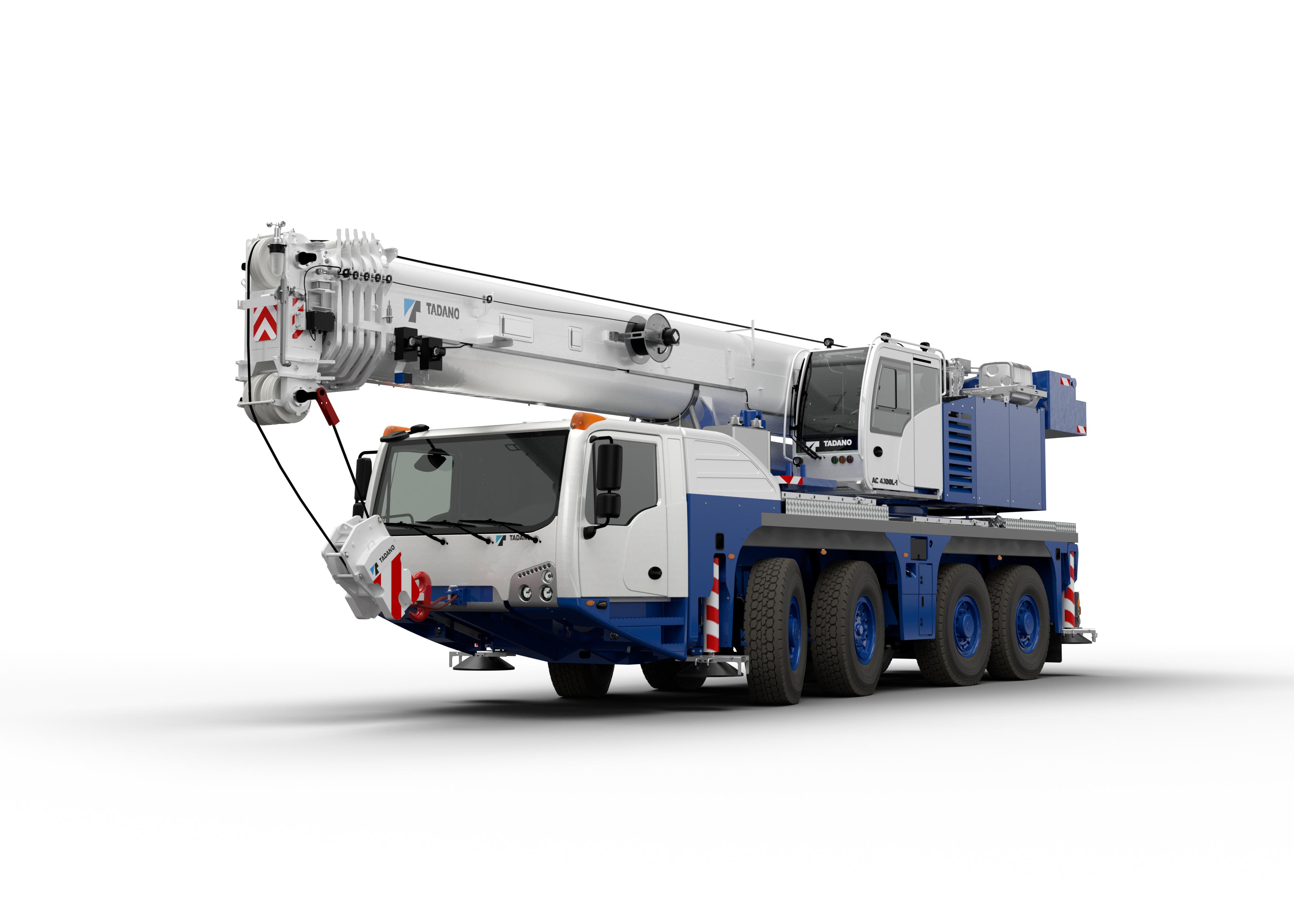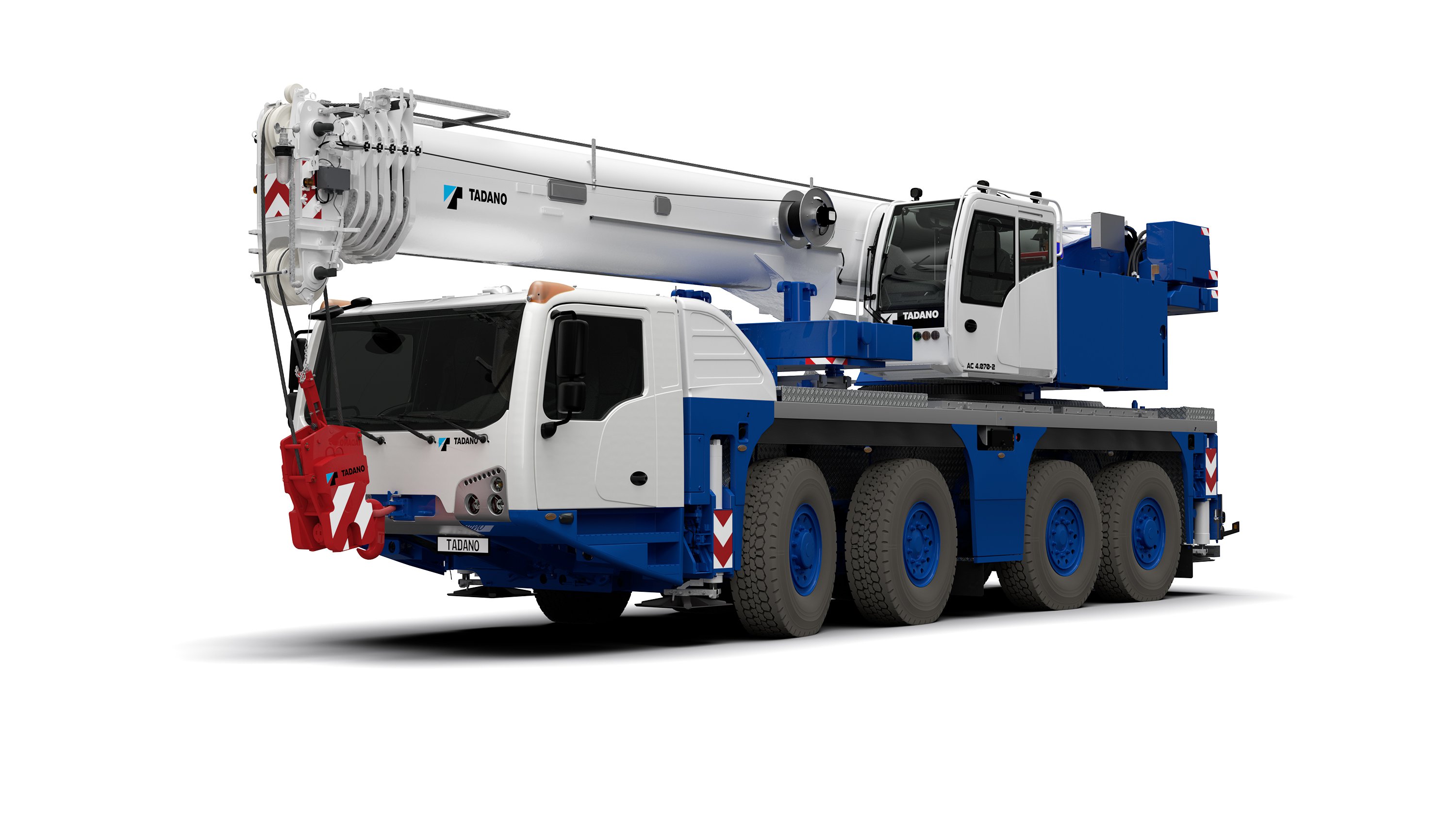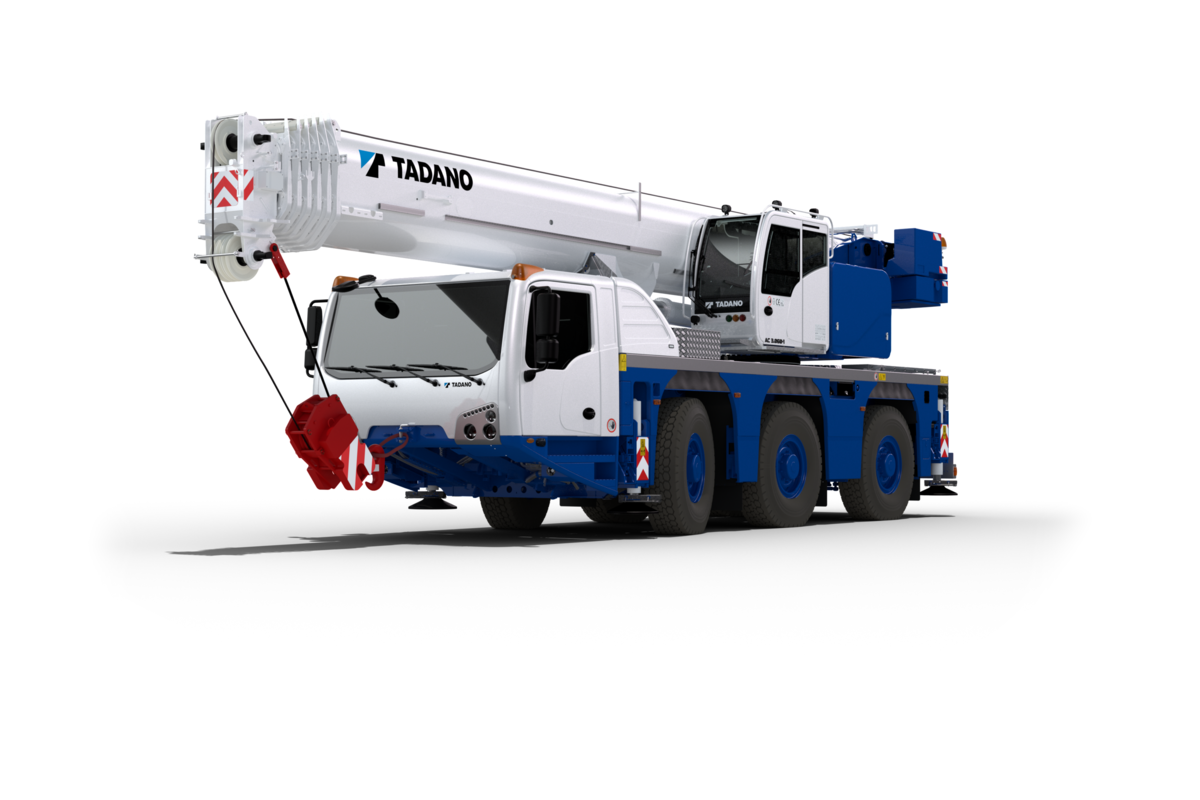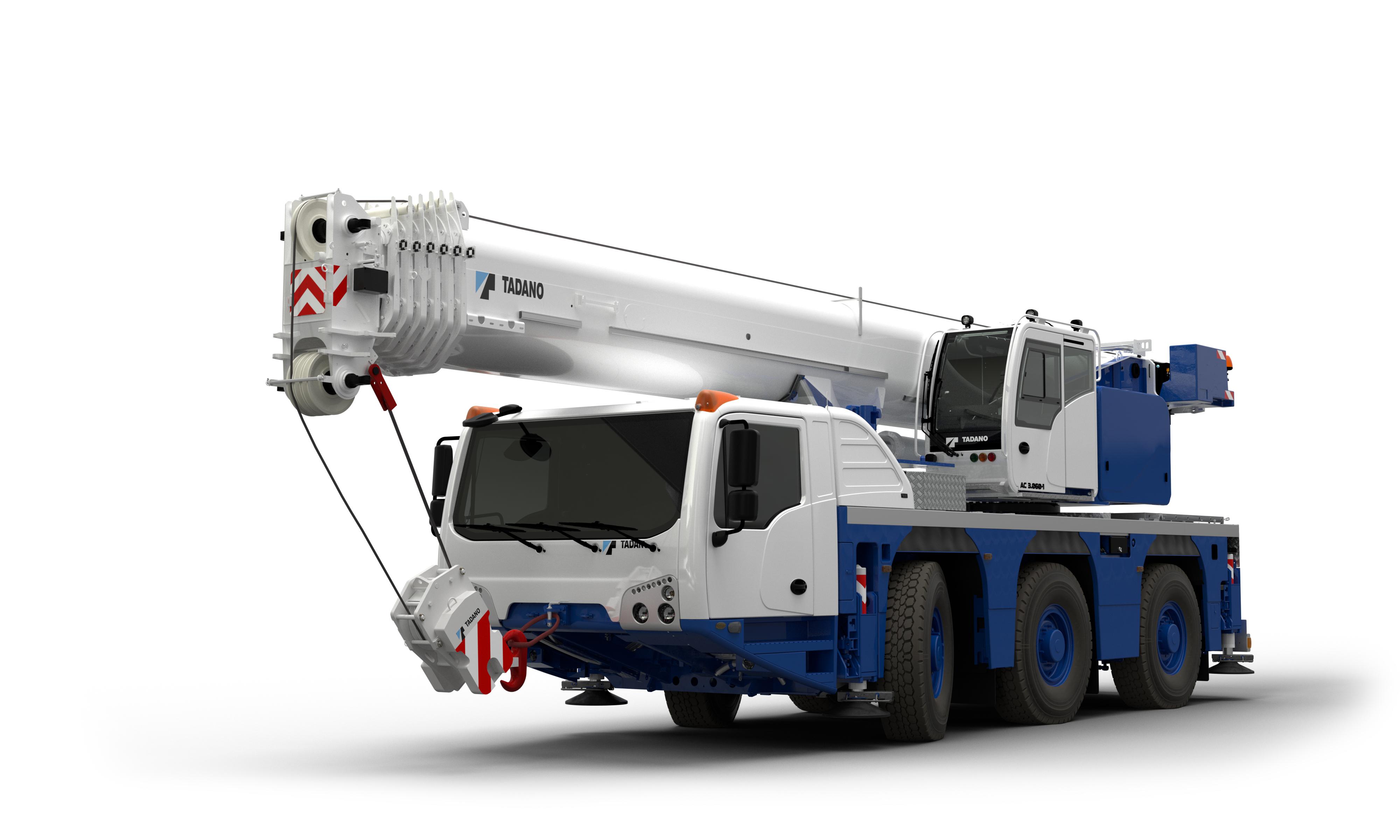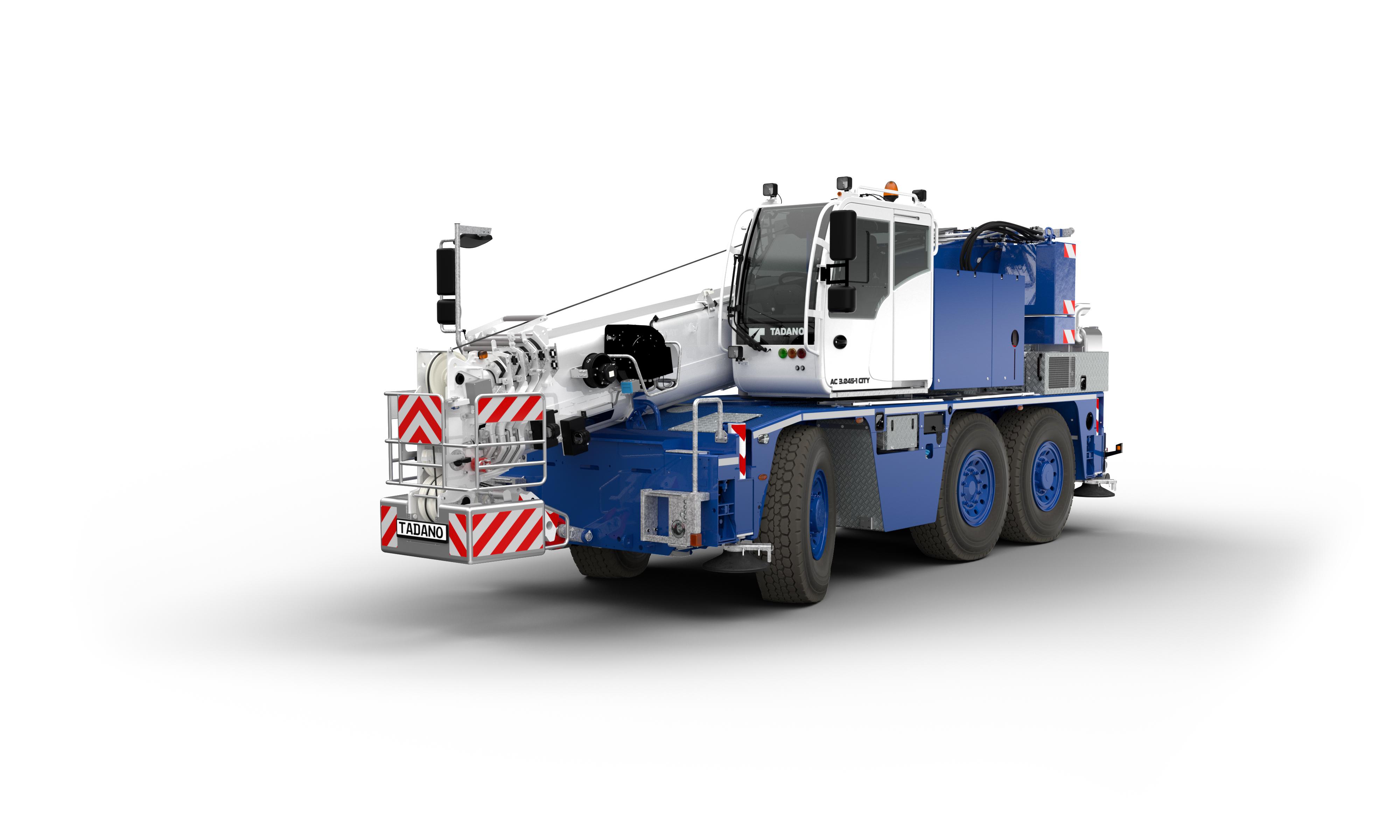The 6-section 51.2m rounded boom is made of high tensile steel, which allows for decreased boom weight and increased boom strength.
All Terrain Cranes
ATF100G-4
All Terrain Cranes
ATF100G-4
Spec Sheet
Spec Sheet
The ultimate boom
-P-001.png)
Control of asymmetric extension width of outriggers

When operating the crane with the asymmetric outriggers extended, the AML automatically detects the extension width of outriggers at the front and rear, and to the left and right of the crane to allow maximum work capacity in each area. When slewing the boom from the longer outrigger area to the shorter outrigger area, the AML automatically detects the motion and displays the maximum capacity depending on each of the extension widths of outriggers, and brings the motion to a slow stop before it reaches the limits of the allowed capacity. Therefore, even in the case of operator error, the AML's slow stop function will help to minimize any safety risk.
Lift Adjuster*Optional
-P-003.png)
Boom deflection occurs when the winch is wound due to the weight of the lifted load, causing the lifted load to sway in a direction that expands the load radius as it clears the ground. This situation requires very careful and precise operation to mitigate outward movement of the hook block. In the lift adjuster function, the AML detects boom deflection and automatically adjusts boom angle to mitigate outward hook block movement.
The ATF 100G-4 provides you with maximum flexibility: Thanks to its 12 counterweight variants in total, you are spoilt for choice regarding the optional equipment you want to take along with you on your crane within the scope of the legal axle loads. No matter whether you choose a 7.6 t counterweight without jib or the formidable 6 t counterweight combined with a 18 m jib - both are no problem for the ATF 100G-4 within the maximum axle load of 12 t. Another highlight in terms of flexibility is the new Asymmetrical Outrigger Base Control feature which helps to enhance the ATF 100G-4's lifting capacities when space on construction site is limited and the outriggers need to differ in length. In this process, the length of all four outriggers is determined via length sensors automatically and the position of the superstructure is ascertained via the angle of rotation. Subsequently, both figures are communicated to the crane control system which releases the maximum possible lifting capacities for each single outrigger sector separately, which really is a special feature.
Crane
| Max. Lifting Capacity | Boom | 100t x 2.5m |
|---|---|---|
| Max. Lifting Height | Boom | 52.0m |
| Boom+Jib | 71.0m | |
| Max. Load Radius | Boom | 48.0m |
| Boom+Jib | 56.0m | |
| Boom Length | 11.1m - 51.2m | |
Carrier
| Engine Model | Mercedes Benz (EU Stage Ⅲ B) | |
|---|---|---|
| Max. Output | Carrier | 320 kW (435 HP) |
| Superstructure | 127 kW (173 HP) | |
| Max Traveling Speed | 85km/h | |
| Drive/Steering | 8 x 6 x 8 | |
| Overall Length | 13,051mm | |
| Overall Width | 2,750mm | |
| Overall Height | 3,925mm | |
Crane
| Max. Lifting Capacity | Boom | 100t x 2.3m |
|---|---|---|
| Max. Lifting Height | Boom | 52.5m |
| Boom+Jib | 71.0m | |
| Max. Load Radius | Boom | 48.0m |
| Boom+Jib | 56.0m | |
| Boom Length | 11.1m - 51.2m | |
Carrier
| Engine Model | Mercedes Benz (EU Stage IV / EPA Tier 4f) | |
|---|---|---|
| Max. Output | Carrier | 320 kW (435 HP) |
| Superstructure | 129 kW (175 HP) | |
| Max Traveling Speed | 85km/h | |
| Drive/Steering | 8 x 6 x 8 | |
| Overall Length | 13,051mm | |
| Overall Width | 2,750mm | |
| Overall Height | 3,925mm | |
